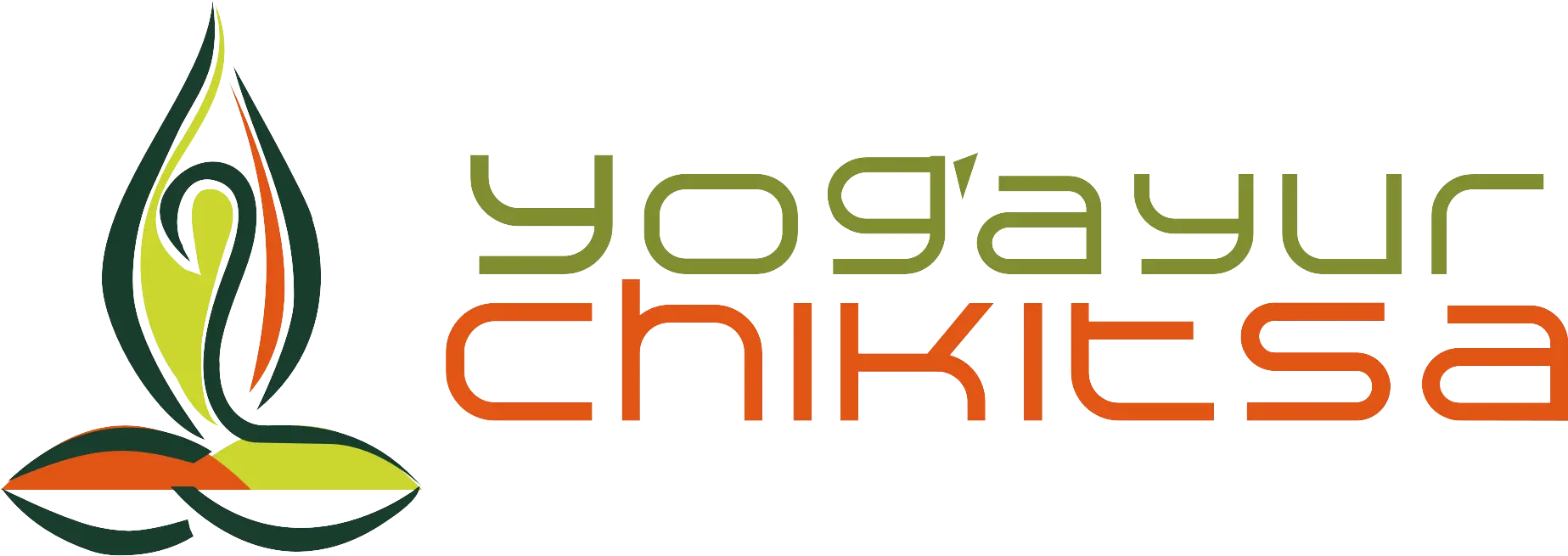In-Person to Telemedicine: Modes of Patient Consultation

Summary:
- In-person consultation remains the most reliable and suitable mode of consultation despite the advancement of telemedicine due to its major advantage in the physical examination and diagnosis of the patients.
- Telemedicine consultation is the most suitable for patients with psychiatric issues, management of chronic ailments with established diagnoses, follow-up cases and different health conditions where counseling or other similar services are needed.
- Group consultation is a cost effective mode of consultation which improves patients satisfaction and education and is commonly used for patients with chronic ailments.
There are several modes of consultation available for patients depending on their needs and preferences. Here are some of the most common ones:
- In-person consultation
- Telemedicine consultation
- Email consultation
- Chatbot consultation
- Group consultation
IN-PERSON CONSULTATION:
This is the traditional mode of consultation where patients visit a healthcare provider’s office or clinic for a face-to-face consultation. This mode is ideal for patients who require a physical examination or diagnostic tests.
Here is a table summarizing pros and cons of in-person consultation for patients.
Pros of In-person Consultation |
Establish a personal connection with a healthcare provider. |
Physical examination and diagnostic tests can be performed. |
Healthcare providers can provide more accurate diagnoses and treatment plans. |
Effective communication facilitated by face-to-face interaction. |
Nonverbal cues and body language can be observed. |
Sense of reassurance and trust in healthcare providers can be built. |
Limitations of In-person Consultation |
Patients may need to take time off work or arrange transportation to attend appointments. |
In-person consultations can be more expensive, especially without health insurance |
Higher risk of exposure to infectious diseases, although many healthcare providers have implemented safety protocols during the COVID-19 pandemic |
Limited availability of healthcare providers in certain geographic areas |
Waiting times to see healthcare providers can be long |
Difficulty for patients with mobility issues or disabilities to access healthcare facilities |
There are several medical conditions or situations where it is recommended that patients seek an in-person consultation with a healthcare provider rather than a remote consultation mode. Here are some examples:
Chest pain: Chest pain can be a sign of a serious medical condition such as a heart attack or pulmonary embolism. Patients with chest pain should seek immediate medical attention in person.
Difficulty breathing: Difficulty breathing can be a sign of a respiratory illness such as asthma or pneumonia, or a more serious condition such as pulmonary edema or pulmonary embolism. Patients with difficulty breathing should seek immediate medical attention in person.
Severe injuries: Severe injuries such as broken bones, deep lacerations, or head trauma require immediate medical attention in person. Suspected fractures require an in-person consultation as they require a physical examination and potentially imaging tests such as X-rays to diagnose.
Unconsciousness & Altered sensorium: Though it is not uncommon to seek help on the telephone in emergency situations like unconsciousness or altered sensorium, in-person consultation is the recommended mode.
Complex medical conditions: Patients with complex medical conditions such as cancer, diabetes, or autoimmune disorders may require frequent in-person consultations with their healthcare providers to manage their conditions effectively.
Vaccinations: Vaccinations are typically administered in person by a healthcare provider, as they require a physical injection and may require monitoring for any adverse reactions.
It’s important to note that this list is not exhaustive and patients should always consult with their healthcare provider to determine the appropriate mode of consultation based on their specific medical condition or situation.
TELEMEDICINE CONSULTATION:
Telemedicine refers to the use of technology to provide healthcare services remotely. This mode is becoming increasingly popular, especially after the COVID-19 pandemic, as it allows patients to consult with healthcare providers from the comfort of their homes. Telemedicine consultations can be conducted via video conferencing, audio phone calls, or messaging apps with decreasing order of efficacy.
The table provided below indicates the pros and cons of the telemedicine:
Benefits of Telemedicine Consultation |
Increased access to healthcare. |
Convenience for patients and healthcare providers. |
Time-saving for patients and healthcare providers. |
Cost-effective for patients and healthcare systems |
Reduced risk of exposure to infectious diseases during in-person visits |
Improved management of chronic conditions |
Increased availability of specialists |
Limitations of Telemedicine Consultation |
Limited ability to physically examine patients |
Dependence on technology and internet connection |
Reduced opportunities for building patient-provider relationships |
Lack of privacy and security of personal health information |
Limited availability in some areas due to technological and infrastructure challenges |
Limited ability to provide urgent or emergency care |
Lack of familiarity or comfort with technology among some patients or providers |
Telemedicine can be a good option for a wide range of health conditions. However, there are certain conditions where telemedicine is particularly beneficial. Here are some major health conditions when telemedicine can be a good option:
Mental health conditions: Telemedicine can be a valuable tool for patients with mental health conditions such as anxiety and depression, as it can provide a private and comfortable space for patients to discuss their symptoms with their healthcare provider. Telemedicine can also improve access to mental healthcare for patients in remote or underserved areas.
Chronic conditions: Patients with chronic conditions such as diabetes, hypertension, chronic obstructive pulmonary disease (COPD), irritable bowel syndrome, nasal allergy, headaches of benign origin, obesity etc. often require frequent check-ins with their healthcare providers. Telemedicine can provide a convenient and cost-effective way for patients to monitor their condition and receive guidance from their healthcare provider without having to visit a healthcare facility as often.
Skin conditions: Telemedicine can be useful for patients with skin conditions such as acne, eczema, and psoriasis, as healthcare providers can often diagnose and treat these conditions based on visual examination of the affected area.
Minor acute conditions: Telemedicine can be a good option for patients with minor acute infections like gastrointestinal infections (e.g. acute mild gastroenteritis), uncomplicated urinary tract infections and respiratory infections (flu or common cold). It can reduce the risk of spreading the respiratory infection to others and provide convenient access to healthcare without having to leave the home.
Follow-up appointments: Telemedicine can be a good option for follow-up appointments after a patient has already been seen in-person by their healthcare provider. This can provide a convenient and cost-effective way for patients to receive ongoing care and support from their healthcare provider.
Preoperative and postoperative care: Telemedicine can be a useful option for preoperative and postoperative care, as it can provide patients with access to healthcare providers who can monitor their progress and provide support remotely.
Complementary systems of medicine: Telemedicine can be used in conjunction with complementary medicine to provide patients with access to healthcare providers who specialize in non-conventional therapies. This can be particularly useful for patients who live in areas where complementary medicine practitioners are not readily available or for patients who have mobility or transportation issues.
It is important to note that the appropriateness of telemedicine for a particular health condition may depend on the specific circumstances of each patient and healthcare provider and a final decision lies with your healthcare provider.
TEXT/EMAIL CONSULTATION:
Some healthcare providers offer text/email consultations, where patients can send their medical queries to their healthcare providers and receive a response via email. This mode is useful for patients who have simple medical concerns or queries. Text/Email consultation comes with benefits of convenience, time-saving, increased access, and cost-effectiveness. Its major drawbacks are lack of physical examination, personal connection and limited effectiveness.
CHATBOT CONSULTATIONS:
Chatbots are computer programs that can simulate a conversation with a human. Some healthcare providers offer chatbot consultations, where patients can interact with a chatbot to receive medical advice or information. These chatbots provide standardized responses and may or may not provide accurate responses. These are evolving at a rapid pace. Major benefits of chatbots are convenience, immediate response even in odd hours, cost-effectiveness and consistency in responses. Limitations of chatbot consultation are absence of physical examination, limited ability to deal with complex cases, absence of personal connection, limited language processing and technical issues.
GROUP CONSULTATION:
Group consultations involve several patients consulting with a healthcare provider simultaneously. This mode is becoming increasingly popular, especially for patients with chronic conditions, as it allows patients to share their experiences and learn from each other. It also works as some sort of support group and instills confidence among the patients. Some other benefits of group consultation are improved patient satisfaction, increased access to care, enhanced education and empowerment, better health outcomes and cost-effectiveness. Limitations of group consultation are limited privacy, less individualized attention, limited time for discussion, limited suitability for certain conditions and uncomfortable group dynamics.
After discussing all modes of consultation, we are providing a comprehensive table on comparison of in-person consultation and telemedicine which can act as a guide to make a decision about consultation.
Aspect | In-person consultation | Telemedicine consultations |
Access to care | Limited by location and availability of healthcare providers | Expanded access, particularly in remote or underserved areas |
Convenience | May require travel and time off work or other responsibilities. Can be difficult for patients with mobility issues and other disabilities. | Can be done from the comfort of home or office, reducing travel time and costs. |
Personal interaction | In-person interaction allows for more personal connection and physical examination | Limited to virtual interaction, which may feel less personal and may not allow for physical examination |
Non-verbal communication | Nonverbal cues and body language can be observed best in in-person consultation. | In telemedicine, video consultation is best for nonverbal cues and body language. |
Time and Efficiency | Longer wait times and potentially longer appointment times | Shorter wait times and more efficient use of time, particularly for follow-up visits |
Effectiveness of consultation | Better assessment, diagnosis and treatment plans | Limitations in assessment and diagnosis of patient |
Cost | May be more expensive due to travel and facility costs | May be more cost-effective, particularly for patients without insurance or with high deductibles |
Assurance and Trust | Sense of reassurance and trust in healthcare providers is easiest. | Can be utilized during follow-ups once the assurance and trust is built. |
Availability & Waiting time | Limited availability of healthcare providers in certain geographic areas. Waiting time to see healthcare providers can be long. | Availability issues as well as waiting time to see healthcare providers issues decrease with telemedicine. |
Associated risk | Higher risk of exposure to infectious diseases. | Higher risk of missed examination and diagnosis as examination remains compromised. |
Target Diseases | Any disease that requires in-person evaluation or examination, such as wounds, fractures, chest pain, unconsciousness, breathlessness and seizures. | Chronic conditions that require ongoing management, such as diabetes, hypertension, indigestion, joint pain, irritable bowel syndrome, migraine and constipation. |
Specialities of Medicines | Specialties that require physical examination or procedures e.g. Surgery, radiology, intensive care units etc. | Specialties that can be effectively dealt online e.g. Mental health, counseling services, |
Systems of medicines | All systems of medicine | All systems of medicine. Ayurveda, Homeopathy, Online Yoga therapy services may benefit more |
In conclusion, choosing the right mode of consultation depends on various factors such as the nature of the problem, the urgency of the issue, and personal preferences. While in-person consultations offer a more personalized approach and can be useful for complex problems, virtual consultations provide convenience and accessibility. Telephone consultations can be a practical option for quick queries or follow-ups. Ultimately, the mode of consultation should prioritize the patient’s comfort, satisfaction, and overall well-being. By understanding the different modes of consultation and their benefits, patients can make informed decisions and receive the best possible care.
Related Posts

Yoga for Anxiety Disorders
Summary: Yoga can be used as both an add-on treatment and as a monotherapy for…

Yoga for Back pain
Summary: Yoga can be used as both an add-on treatment and as a monotherapy for…

Yoga for Depression
Summary: Yoga can be used as both an add-on treatment and as a monotherapy for…

Leave a Reply